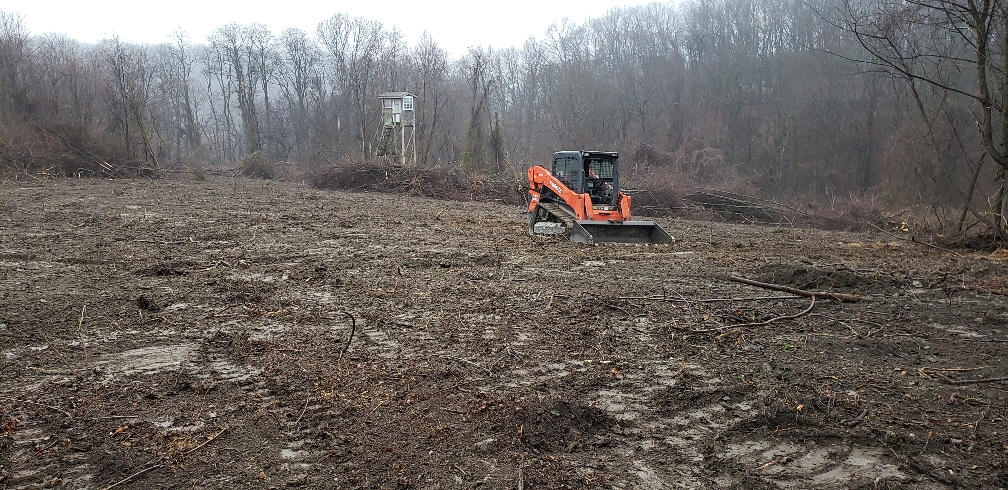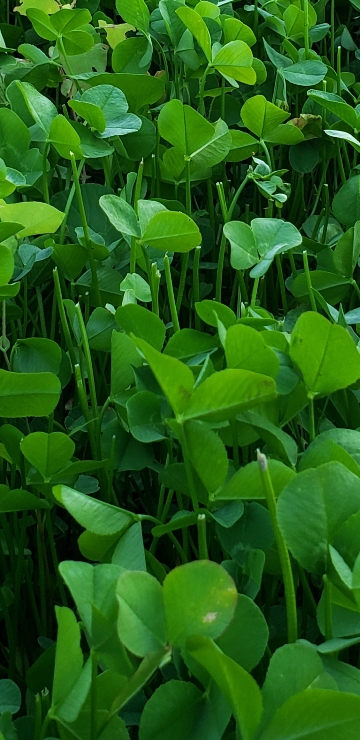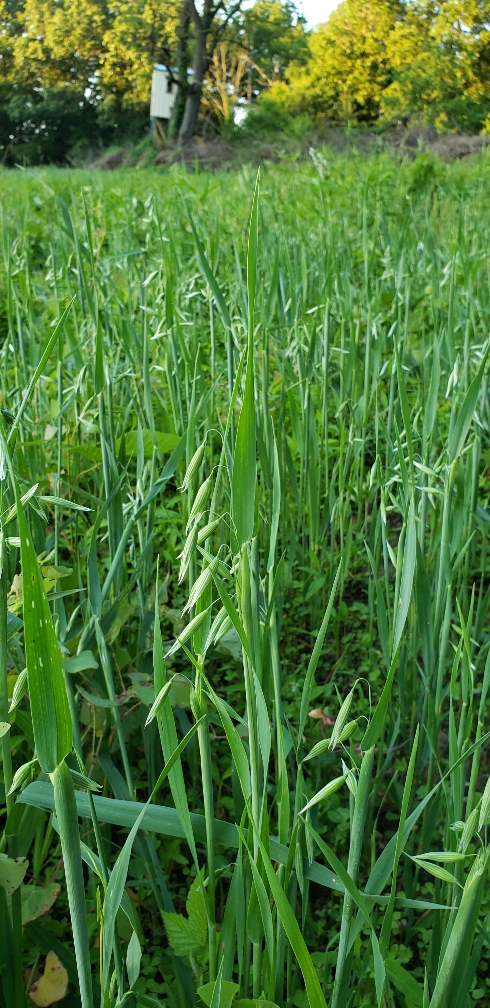I think it's partially true.
In a production system, where you're harvesting something, I think that's probably the case. However, if your only goal and end product was to raise organic matter, I think it's possible to go faster, but you have to do everything right. Crimson 'n Camo has some pics from many years back where he turned his light brown sand to a thick black layer in a year or two. Hopefully he can chime in here, but I believe his only goal at the moment was to rehab his soil. The more I read about this, I don't believe he grew 4" of black topsoil in 2 years, but what I think he did do is accumulate and keep a lot of humus and humic acid (and a host of other beneficial acids). I think that is what turned his sand black and brought it into biological production.
There was quite a bit of a debate a couple years back or so about this very topic where the "point one percent" crowd did a biomass analysis to calculate OM creation based on tonnage and then carbon weight within that tonnage. Mathematically they were correct i
f that was the only way to accumulate organic matter.
Then came the liquid carbon pathway crowd and they were testing places where people have raised OM much faster, proven and replicated. But they also have a management program with a primary objective of raising OM, vs traditional no-till, even with cover crops. In a harvest situation, at some point the current model dictates that the harvest crop needs a period where it's the only thing growing or it'll suffer competition loss.
In a high-diversity, always-green,
functioning (big biomass production, equal biological biomass consumption, no multi-year buildup, no bare soil) soil, you can raise it faster. It brings with it lots of disciplines. You've got to manage your C:N ratio in the cool season and the warm season. You've got to represent legumes, broadleaves, and grasses in all seasons so you capture as much sun as possible. Those plants capturing sun are pumping liquid carbon (sugar) and necessary organic acids into your soil and charging your system all season long. The soil biology is consuming all season long, so it makes sense that we've got to feed all season long, or there will be a draw down or burn rate. Some organic acids only persist in the soil for a few hours. If a plant dies or is killed, that commodity is now missing. The one plant producing that specific acid may have been the key to solubolizing manganese in July for example. One small part of a very complex system.
I've read and watched a lot of Dr. Christine Jones. She's one of the pioneers pulling together the missing links to advanced biological farming. This is a great short article that summarizes her research on the liquid carbon pathway. There are many more elements to this, but this is really the capstone concept to being able to increase and sustain OM. Pay special attention to the detrimental effects of synthetic inputs on OM. A person has to choose whether they are chemical growing (bag fertility and glyphosate) or biological growing (AMF, humus, bugs, plants, and sun). You cannot do both.
http://vernoux.org/agronomie/Liquid_Carbon_Pathway_Unrecognised_Dr._Christine_Jones.pdf






